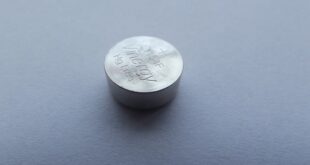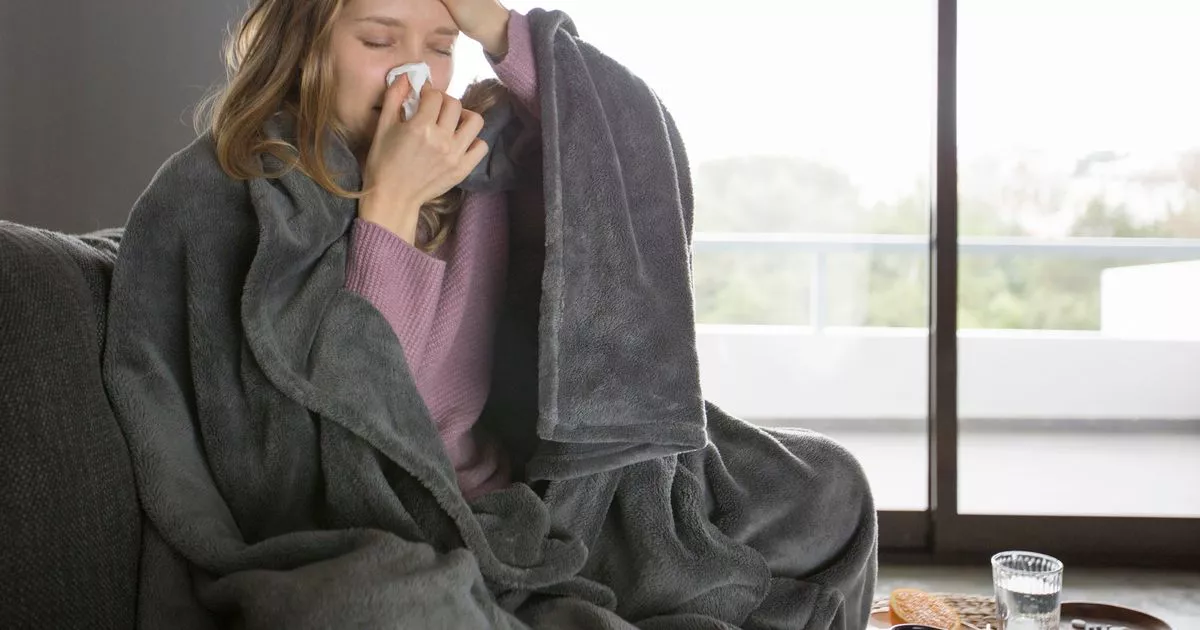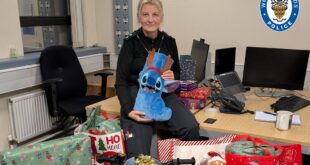A BBC documentary aired in 1969 about royal life has become the latest source of Buckingham Palace angst after it wound up on YouTube this month.
The infamous fly-on-the-wall film, Royal Family, which saw the royals eating from Tupperware and Prince Charles jet skiing topless was locked away from prying eyes in 1972 because it “cheapened the royal family”, according to the Queen.
However, the full 110-minute special, the making of which featured in season three of Netflix’s The Crown, was somehow leaked online to thousands of viewers earlier this month.
According to the Telegraph, a royal source said of the leak: “This is a matter for the BBC. We always exercise our copyright where we can. From time to time, things pop up on the internet that should not be there. We will assume it’s going to be taken down.”
Further, the Queen’s former Press Secretary Dickie Arbiter told the Daily Mail it was likely stolen from the network and made available to the public: “The palace will have a version of it, they have one from every broadcaster as they’re sent down and they’re securely locked up, but how this one got out is for the BBC to sort out,” he said.
“Somebody obviously nicked it from the BBC – it was a BBC documentary done with the corporation of the royal family, and it’s BBC copyright. They made it, their equipment, their people, Antony Jay’s script, so it was their copyright. But how it got out, that’s something they’ll have to find out.”
A BBC source told The Telegraph: “We will approach YouTube to have it removed. We always exercise our copyright where we can. However, it is notoriously difficult to chase these things down on YouTube once they are out there. Anybody can download it and you just end up chasing your tail.”
The video, which was uploaded to YouTube by an account in the name of Philip Strangeways, has since been removed from the platform due to a copyright claim.
“This video has been removed due to a copyright claim. YouTube has copyright and content management tools to give rights holders control of their content on YouTube. When a copyright claim is filed we remove the content immediately, as is the case with this upload,” a YouTube spokesperson told the Daily Mail.
In scenes from the television, the family are seen sharing stories and laughing around the table. Picture: YouTube
THE DOCUMENTARY
For 75 days in 1969, TV film crews worked tirelessly to create what then became one of the most high-profile documentaries ever made. Shot in 172 locations around the world, they captured 43 hours of totally raw footage of the Queen and her family’s life behind palace gates
When it screened in 1969, three-quarters of the British population tuned in. However, for 50 years since then, the documentary, along with about 40 hours of unused footage, have been held in the Royal Archives at Windsor, completely off limits.
On June 21, 1969 the final film first aired on the BBC in black and white, before a week later ITV screened it in colour. In total, about 38 million Britons tuned to see their Queen and her family like never before. It was the first time that the Queen had ever been heard publicly having a conversation rather than reading from a prepared speech.
RELATED: Royal family member Philip ‘clashed’ with

The banned doco features rare natural conversation from the Queen, including one scene where she buys an ice cream for her youngest, Prince Edward. Picture: YouTube
Infamous scenes include one where the Queen, Prince Philip, Prince Charles and Princess Anne are sat around the breakfast table where Her Majesty tells her family a very curious story.
“It is extremely difficult sometimes to keep a straight face when the Home Secretary said to me, ‘There is a gorilla coming in,'” she begins.
“So I said, ‘What an extraordinary remark to make, very unkind.’ … I stood in the middle of the room and pressed the bell and the doors opened and there was a gorilla. He had a short body and long arms – I had the most appalling trouble [not laughing].”
While it is not known exactly who the Queen was talking about, the Home Secretary in 1969 was James Callaghan and the US Ambassador to the UK was Walter Annenberg.
It could have been Annenberg’s predecessor David K. E. Bruce, sent to London by John F Kennedy in 1961.
In another scene, Prince Philip described his father-in-law, King George VI, as having “very odd habits”.
“Sometimes I thought he was mad,” Philip said.
He went on to describe a time he saw George VI savagely pruning a bush in the royal gardens while swearing under his breath.
More footage sees the Queen rejecting a speech drafted by her Private Secretary, complaining: “There’s too much, you know, history.”
She is also seen discussing outfits, remarking: “I think really, one should get a dress designed especially so that one could wear it.”
In the final scene of the film, the family is shown having a barbecue where the Queen makes a salad, walking over to her husband grilling sausages and remarking: “Well, the salad is finished.”
Philip responds, gesturing to the undercooked meat: “Well done. This, as you will observe, is not.”
WHY THE FILM WAS MADE
The Queen’s Private Secretary for 27 years, the late Lord Charteris, reportedly said it was made to improve the royal family’s public image.
“There was a view that the Queen needed to sell herself a bit,” Lord Charteris said.
Prince Philip was the one who came up with the idea, adamant that allowing cameras behind palace gates would humanise the Queen and her family.
“I think it’s quite wrong that there should be a sense of remoteness or majesty,” Prince Philip said according to royal biographer Penny Junor.
“If people see, whoever it happens to be, whatever head of state, as individuals, as people, I think it makes it much easier for them to accept the system or to feel part of the system.”

Queen Elizabeth II with Prince Philip, Princess Anne, Prince Charles, Prince Edward and Prince Andrew in 1968. Picture: News Corp
The Queen was initially not sold on the idea (and the Queen Mother was completely opposed to it) however, she was finally persuaded.
The response was mixed, with David Attenborough, who was a BBC Controller at the time, deeming it a threat to the monarchy.
“You’re killing the monarchy, you know, with this film you’re making,” he wrote to director Richard Cawston.
“The whole institution depends on mystique and the tribal chief in his hut. If any member of the tribe ever sees inside the hut, then the whole system of the tribal chiefdom is damaged and the tribe eventually disintegrates.”
Originally published as Infamous banned royal doco finally leaks


